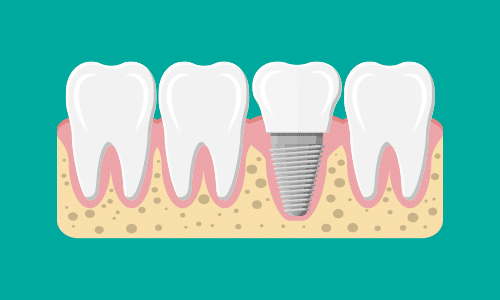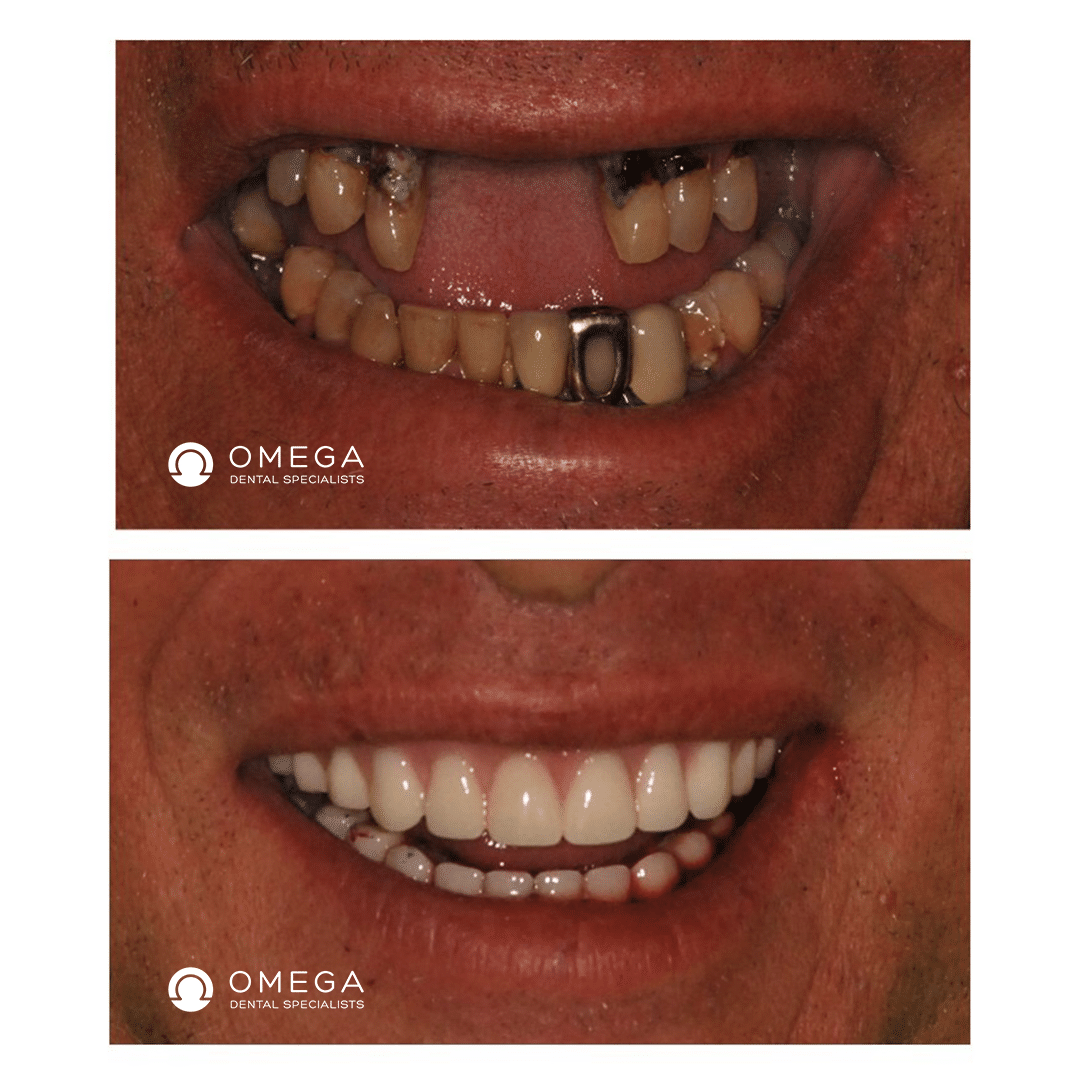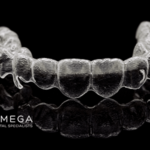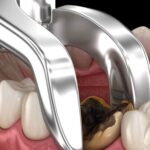What Is The Success Rate of Dental Implant?

Table of Contents
What Should I Do About My Missing Tooth?
There are so many different options for replacing teeth. If there are multiple teeth missing, sometimes dentures are a suggested option. With smaller numbers of teeth being gone, bridges are also a fundamentally valid choice. The best decision, however, would be to invest in dental implants. Dental implants in Houston are excellent, quality teeth replacement options. The impressive function of dental implants makes them the most valuable option amongst all of the other choices. Oral surgery in Houston is definitely at the peak of advancement, and for a top quality enhancement, it would be an excellent choice.
Teeth are vastly important in day to day life. Whether it’s smiling at a particularly attractive passerby or chowing down on a bag of potato chips, teeth are the things that make many aspects of our lives possible and enjoyable. Teeth should be healthy and well taken care of. Brushing, flossing, using mouthwash—these are all things that everybody should do at least twice a day in order to keep their teeth as clean and healthy as possible.
Sometimes despite the best efforts, teeth have problems. Maybe there’s a genetic component causing tooth decay, or perhaps the new tongue ring you got didn’t mix well with the food you were eating and all of a sudden a huge chunk of your tooth is missing. The individual teeth are just as important as the whole set of teeth, and taking care of them is imperative for overall oral health.
A treatment option to replace a single missing tooth is called a single-tooth implant. For many years, patients were advised to put their desires aside and accept the limitations of missing such teeth. As knowledge of the benefits of implants has grown, many now feel the most natural method to replace a tooth is to use an implant, rather than preparing adjacent teeth and joining them together with a fixed partial denture.
The primary reasons for suggesting the fixed partial denture were the ease of using the procedure and the reduced time needed for the treatment to install it. However, if this concept were expanded, extractions would replace endodontics and dentures could even replace orthodontics. The primary reason to suggest or perform a treatment should not be related to treatment time or difficulty of the procedure, but instead should consider the best possible long-term solution for each individual.
What is the success rate of single tooth implant?
From 1993 to the present, single-tooth implant survival reports have validated this procedure as the most predictable method of tooth replacement. There are more refereed reports in the academic literature for single-tooth implant replacement than for any other method of tooth replacement, and all reports demonstrate a higher survival rate for single-tooth implants. From 1980 to 2001, the single-tooth implant success rate was in the range of 97 percent—higher than any other implant restoration.
Although posterior single-tooth replacement is a relatively new treatment alternative, many studies have been published since 1990, and survival rates reported range from a low of 94.6 percent to a high of 100 percent for one to 15 years. The median of these reports is a 2.8 percent implant loss within five years. In comparison, fixed partial denture failure rates may be as high as 20 percent within three years, and 50 percent rates at 10 years. As a result, the single-tooth implant exhibits the highest survival rates presented for single-tooth replacement. As important, no reports indicate a loss of an adjacent tooth, which is a considerable advantage.
On the other hand, the longevity of the implant crown has not been adequately determined, as these reports do not extend as long as those of other treatment options. Despite some limitations and obvious clinical challenges, the single-tooth implant represents the treatment of choice from both a health and value standpoint. When adjacent teeth are healthy, or when the patient refuses their preparation for the fabrication of a traditional three-unit fixed partial restoration, a posterior single-tooth implant is an excellent solution.
What Are The Advantages And Disadvantages of Dental Implants?
Dental implants come with a profuse amount of positive attributes. The way that dental implants feel improves the quality of life, with their ability to match the color of the teeth and the lack of slipping. Dental implants feel exactly like real teeth. They won’t fall out when you’re eating, and they look incredibly similar to your original teeth.
Dental implants fit snugly in your mouth, without seeming awkward or feeling uncomfortable. They positively influence self-esteem by giving the wearer natural-looking that are cleaned and taken care of exactly like regular teeth.
This option for tooth replacement is the healthiest as well. Because dentures and bridges can leave many important facets of replacement out of their specific procedures, bad things can happen to your oral health. Dentures can be uncomfortable and allow food to slip in, which causes excess decay and bad breath. Bridges can put a strain on the teeth they are connected to. Most importantly, though, dental implants are the only option that doesn’t lead to bone decay and decomposition. The lack of stimulation from the tooth root, which dissipates along with the tooth itself, can cause the jawbone to wither away. This impacts the facial construction as well as the effectiveness of other oral activities. Eating will be more difficult, smiling will be completely changed, and nothing will be the same.
Health-related advantages of implants over a fixed partial restoration are listed include decreased the risk of decay and periodontal disease, decreased the risk of abutment tooth loss from endodontic failure or decay, and improved esthetics. Psychological advantages, especially with congenitally missing teeth or the loss of a tooth after a crown restoration, are significant as well. These advantages are so significant to the health and periodontal condition of the adjacent teeth and maintenance of the arch form that the single-tooth implant has become the treatment of choice in most situations.
Economic considerations may play in disfavor of the implant restoration only during the first seven years after the implant. The single-tooth implant becomes more advantageous economically, not only for health considerations, after the break-even point of seven years, at which time the patient will not need a replacement prosthesis. The savings will offset the initial higher cost.
Unfortunately, there is one particular drawback to dental implants that makes a lot of people fairly uncomfortable. The fact that dental implants in Houston and oral surgery in Houston is not covered by insurance is a bit of a downer. This aspect of dental implants can mean that a lot of money is paid upfront and out of pocket. Depending on the specialist, payment arrangements can be made, but there is no way around the cost of dental implants. A single crown can be anywhere from 1000 to 3000 dollars, and the procedure itself is usually even more costly. It is important to keep in mind, however, that you are paying for a service, not just the materials required to generate fake teeth.
How Do Dental Implants Work?
Dental implants are cutting edge technology—the latest and greatest scientific advancement in the community. This procedure being so advanced is also what contributes to the cost and lack of insurance coverage. That being said, dental implants are relatively easy to understand.
First, a physician will examine the unique situation you are in. They will form a plan based around what needs to be done to rectify the oral difficulties you’re undergoing, and you will be instructed on how best to care for and prepare for the upcoming oral surgery in Houston.
The physician will very carefully graft a titanium rod to the jawbone. This rod acts as a replacement for the tooth root, which stimulates activity and adaption in the bone itself. The rod takes six to twelve weeks—ten on average—to heal. The bone grows around the titanium rod, and this causes it to be accepted like a tooth root.
Next, once healed, the rod will have an abutment attached to it. This abutment behaves similarly to the parts of bridges that attach to other teeth, with the imperative exception that it does not need to be connected to other teeth. It provides a latching point for the fake tooth to the rod. This is convenient because it allows the consumer to decide whether they want more permanent teeth options or ones that can be removed more readily. The abutment has the ability to support either notion.
Finally, a crown—which is the fake tooth—will be adhered to the abutment. This is only after the dentist and oral surgeon have worked tirelessly on matching it to the surrounding teeth. They take the image of the existing teeth and predict the best fit for the missing teeth. They also work carefully to make sure the color of the new replacement teeth matches that of the current existing teeth.
Dental Implants or Dentures?
Dental implants and dentures are the most common options. Dentures are false teeth, and although their quality has improved, they’re not ideal for everyone. If not secured with denture adhesive, dentures might slip out of place while eating or speaking, which could be embarrassing, and partial dentures might promote infection and decay in other teeth if they aren’t fitted properly, which may increase the risk that you would need a tooth filling on the adjoining tooth.
If you are missing teeth and your gums and jaw are healthy, you may benefit from dental implants, which are replacement teeth that are implanted surgically into the jawbone. With good oral hygiene, dental implants can last for 20 years or more without the need for replacement. Dental implants are often a popular choice for people who have only one or two teeth missing, but they can be an alternative to dentures if you have several missing teeth. As long as your gums and jaw are healthy, two or more implants can serve as a base of support for several replacement teeth.
Dental implants require a titanium post to anchor a porcelain crown. This procedure is performed in two stages. First, the surgeon will place the dental implant into the bone and allow it to heal. Then the dentist will place the permanent crown onto the implant and adjust your bite to ensure it is perfectly aligned. Over time, the titanium post fuses to your jawbone in a process called osseointegration, helping the dental implant last a lifetime.

Does Implant placement Hurt?
The success rate of a dental implant is 98%, and most people have stated that it feels less painful than a routine tooth extraction. The area is put under local anesthetic and the procedure is fairly comfortable.
Related articles:
- The Cost of Dental Implants in Houston
- 9 Things You Need to Know About Dental Implants in Houston
- 10 Things You Need to Know About Dental Implant in Houston
- Are Dental Implants Right for You?




